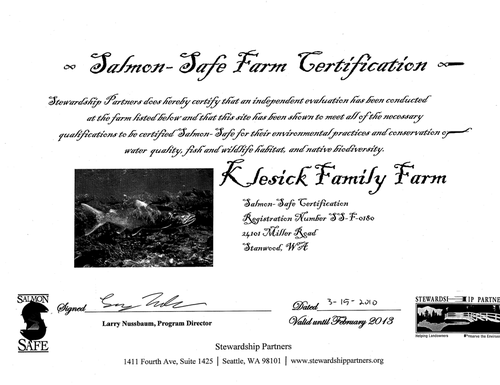
You are probably concerned or maybe just curious about the tuna we have begun offering. Wondering why is it different from any other “canned tuna” you would buy in the grocery store? And right you are to wonder!
More and more, consumers are beginning to show interest, or even concern about where their food comes from. Recent films like “Food, Inc.” and “Fresh” have got us thinking and taking action about our food: where and who it comes from, how it is raised and harvested. With the concerns about mercury levels in fish, and the dangers over-fishing, you may be wondering, is it safe for me to be eating tuna? We know fish such as tuna, salmon, rainbow trout, sardines, Atlantic mackerel, and herring are very rich in Omega-3 fatty acids, vitamins A & D and other nutrients so important to healthy brain and body function.
These fish have particular, natural fatty acids – the main component of fat – not found in any other foods. These fatty acids are missing many hydrogen atoms so they are highly polyunsaturated, more so than other polyunsaturated fatty acids in food. Also, they are longer than most other fatty acids. These structural differences give fish oil fatty acids their unique health properties. They are called “omega-3” fatty acids because of the location of the first two missing hydrogens in their chemical structure. The two main omega-3 fatty acids in fish oils are called EPA* and DHA* for short. EPA and DHA occur naturally only in seafood, and are abundant only in fatty fish and marine animals.
* EPA: eicosapentaenoic acid; DHA: docosahexaenoic acid
The tuna we sell comes in a glass jar from a small Oregon company called Sweet Creek Foods. Sweet Creek is a small family business owned and operated by Paul and Julie Fuller. They hand pack each jar using the finest loins from troll-caught tuna. Their tuna is cooked only once, insuring lots of heart friendly omega 3 oils. They are proud to guarantee this is some of the highest quality tuna that you’ll ever eat. It’s great to use in salads, sandwiches, casseroles or just eat it straight from the jar. In reality you are getting a lot more quality fish in each jar than what comes in most cans from the supermarket, because trim, extra water and sodium is included in the tuna from large canneries. Sweet Creek’s tuna is cooked only once in its own natural juices (think nutrient-rich broth).
Sweet Creek catches the smaller tuna (between 10-20 lbs. usually, compared to the big companies who go for the 30-60+ lb tuna. These smaller fish have much lower levels of mercury as they haven’t been in the ocean so long. OSU Mercury test report results indicate that “Pacific troll-caught albacore have low levels of total mercury in the edible flesh and are well within international safety standards for mercury levels in fish.” Support your local Oregon fishermen in their dedication to this sustainable, hand caught, hook and line fishery. Environmental seafood guides produced by Audubon and the Monterey Bay Aquarium have cited the albacore troll fishery as an example of a clean fishery with little bycatch or impact on the environment. Albacore are very sensitive to water temperature, and few other fish off Oregon are found in those water temperatures, so the bycatch is low.
A great resource to check out is the Oregon Albacore Commission’s web site: http://www.oregonalbacore.org/index.htm. It contains all the info on their line-caught tuna…and recipes!
Sweet Creek’s website: http://www.sweetcreekfoods.com/products/tuna.html







